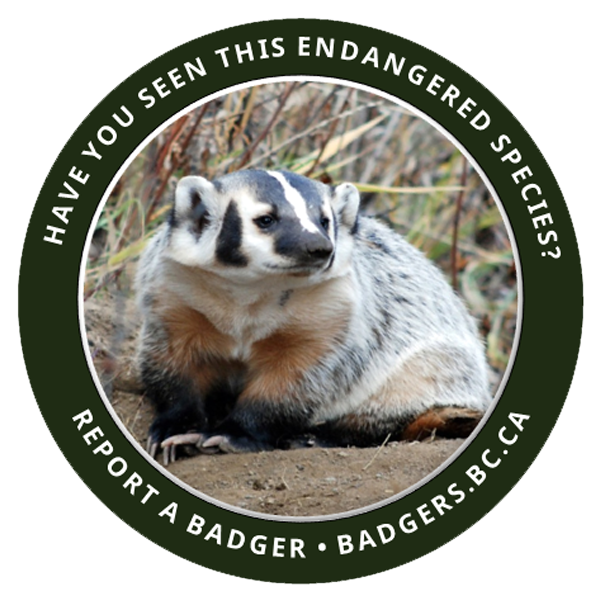Endangered American Badger
American Badger(Scientific Name: Taxidea taxus)
Did you know the average lifespan of an American Badger in the wild is just 4-5 years?
Females are sexually mature at 4 months of age while males mature in their second year.
Introduction
Welcome to our web page dedicated to the endangered American Badgers in British Columbia (BC). In recent years, these fascinating creatures have faced numerous challenges that have led to their declining population. In this article, we will explore the habitat issues they encounter, the major causes of mortality, and provide some intriguing facts about their behavior. Join us on this journey to learn more about the plight of the American Badgers and what we can do to protect them.
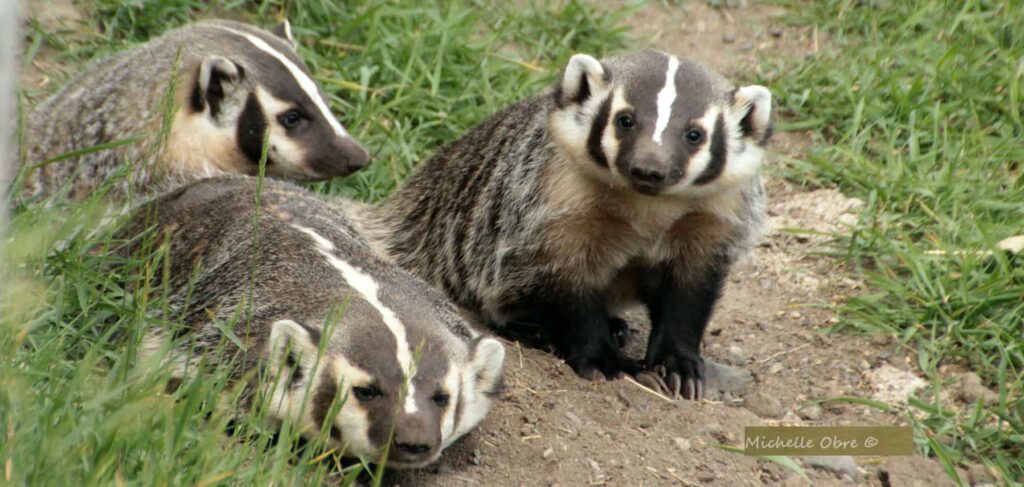
Photo Credit Michelle Obre
Habitat Issues
The American Badgers in BC face significant habitat issues that contribute to their endangered status. These solitary mammals prefer open grasslands and shrub-steppe environments, which are becoming increasingly rare due to urban development, agriculture, and habitat fragmentation. As their habitat continues to shrink, badgers struggle to find suitable areas for foraging and denning. This loss of habitat greatly impacts their ability to survive and reproduce, making their conservation an urgent priority.
Distribution & Population
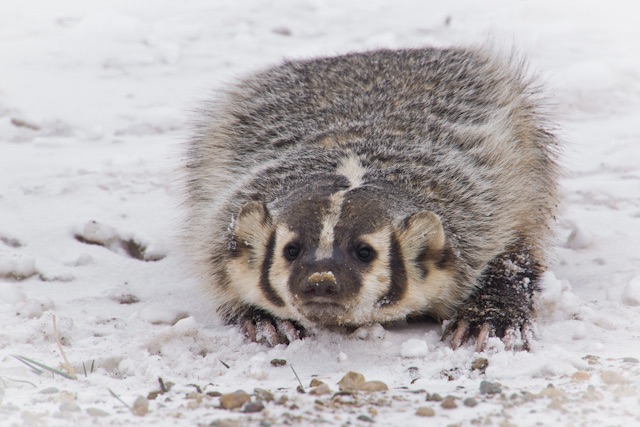
Photo Credit Darryn Epp
Mortality Causes
Understanding the causes of mortality among American Badgers is crucial to their conservation efforts. One of the leading causes is road mortality. As roads and highways expand, badgers often fall victim to collisions with vehicles while crossing these busy thoroughfares. Another significant cause of mortality is the fragmentation of their habitat, which increases the risk of encounters with predators, such as coyotes and larger carnivores. Additionally, diseases and parasites pose threats to badger populations. It is essential to address these mortality causes to protect the American Badgers from further decline.
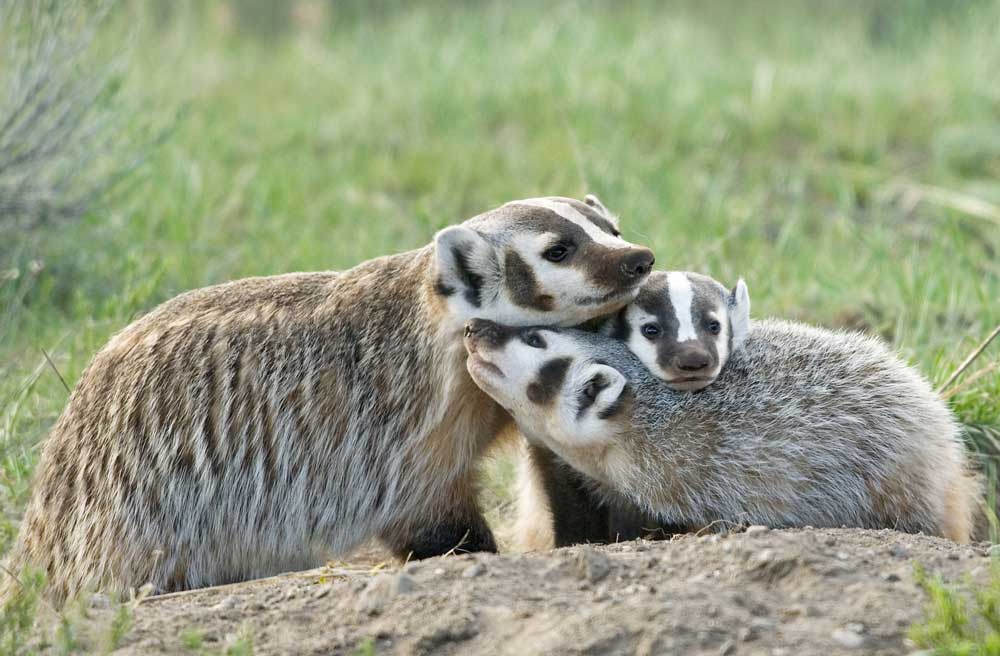
Highways are the leading cause of badger mortality in British Columbia. Badgers need more culverts under roads and highways to allow for safe passage.
Did you know badgers can run up to 30 km per hour?
In The News
2% of endangered badgers in B.C. killed off in 2 days, conservation group says
B.C. badger biologist says Ministry of Transportation should do more to keep the animals off highways.
CBC News
Burrowing Badgers Caught on BC Wildlife Underpass Cam
Ministry of Transportation & Infrastructure
Our cams recently captured a group of American Badgers doing badger things like: roaming, sniffing, digging and, well, just chilling in our underpasses.
Did you know there were badgers in British Columbia? And that they were endangered?
Here’s a nature documentary all about their populations here, by local filmmaker Mike Mckinlay.
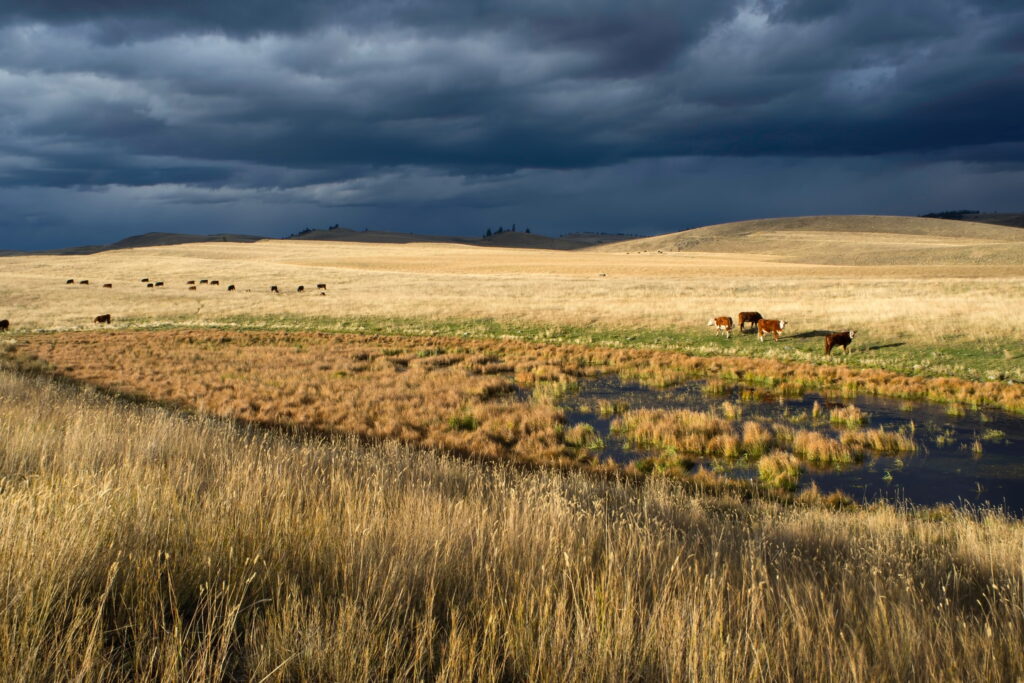

Fun Facts about Behavior
American Badgers exhibit intriguing behaviors that make them truly unique creatures. Despite their stocky build and short legs, they are excellent diggers and spend a significant amount of time excavating burrows. These burrows, known as setts, provide shelter and protection for badgers and their offspring. Badgers are also known for their remarkable hunting skills. They have a varied diet, consisting mainly of small mammals like mice and ground squirrels. With their powerful forelimbs and sharp claws, they can dig swiftly to capture their prey. Moreover, badgers are primarily nocturnal animals, using their keen sense of smell and hearing to navigate and locate food in the darkness.
- Habitat Conservation
- Wildlife Funding
- Highway Culverts
- Public Awareness
Grasslands image – Grasslands Conservation Council of BC
Badger Image – Michelle Obre
REPORT A BADGER
The subspecies of badger found in British Columbia (jeffersonii subspecies) is classified as endangered because:
- Their habitat is being negatively affected by human development. Badgers seem to need some component of grassland to survive. Urban development and agriculture can reduce the suitability of these dwindling habitats for badgers.
- In the early 1900’s, badgers were widely persecuted because of the perception that they were an agricultural pest. Many landowners feared that the large burrows dug by badgers posed a threat to livestock. People tend to be more tolerant of badger burrows nowadays, but the populations probably did not fully recover.
- Many badgers die each year trying to cross busy highways, roads, and railway lines. Humans are still a great cause of death within badger populations in British Columbia.
Coming Soon
Mule Deer
Caribou
Burrowing Owls

